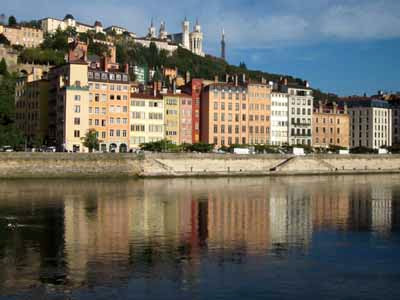I’ve been reading Bill Bryson’s Mother Tongue, which chronicles the evolution of English over
1,500 years—from primitive, runic Anglo-Saxon to the global language it has now
become. Bryson is always funny and amusing, and this book is chock-full of
entertaining factoids. I’m only about one third of the way through it, but I
thought I’d share a few choice tidbits with you:
The larynx of Homo sapiens sapiens (aka Cro-Magnon man) was positioned farther down the
throat than in any previous hominid, which made well-articulated speech
possible for the first time. This physiological change, however—which meant
that food and drink must pass over the larynx on the way down the throat—also
resulted in us being the only mammal capable of choking. (Curiously, modern
humans are not born with the larynx in this lowered position; rather, it
descends between the age of 3 and 5 months.)
It is thought by linguists that the Basque language
(Euskara) may be the last surviving remnant of the Neolithic languages spoken
in Stone Age Europe, which were later displaced by Indo-European tongues.
cyclist from the
Basque team Euskaltel
English underwent countless changes between the time of
Chaucer and the present day, many of which I find particularly intriguing. For
instance, certain words beginning with the letter n eventually lost their first
letter to the preceding indefinite article: e.g., a napron became an apron; a
nauger became an auger; and an ekename became a nickname. Similarly, it is
thought that Ned came from “mine Edward,” and Nan from “mine Ann.”



